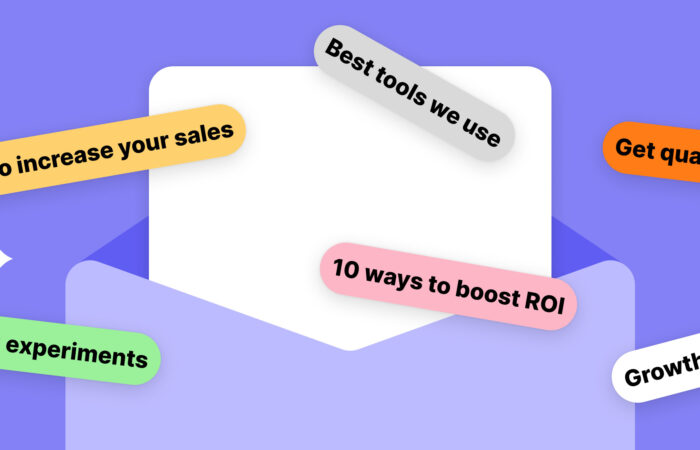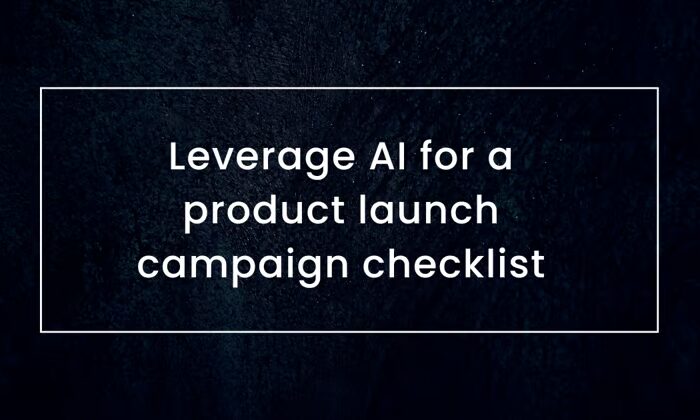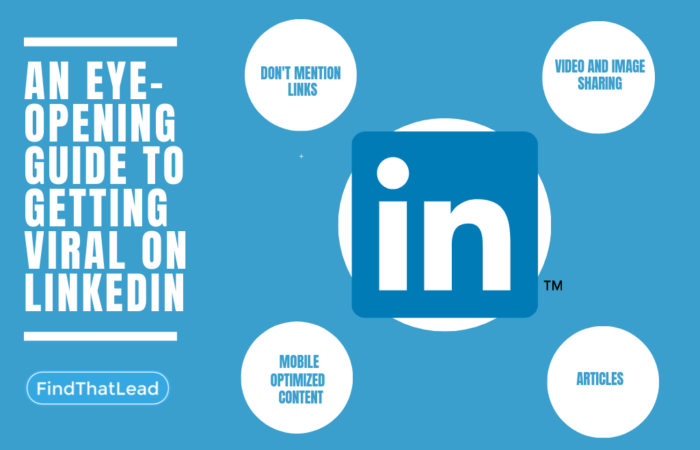
ABA: This is part of our Prompt Foundation Series, where we explore various prompt frameworks for different groups and use cases, on our own and with experts.
This is a repost of Stig’s article on LinkedIn.
Introduction
In the dynamic world of artificial intelligence, the way we interact with AI models like ChatGPT can significantly impact the outcomes we achieve. For software architects, managers, and developers, mastering the art of prompt engineering is not just a skill – it’s a necessity. This guide delves into nine structured prompting frameworks, offering insights into their application and efficacy in various tech scenarios.
Overview of Frameworks
Stig provides a practical introduction of the following frameworks:

You can click on the frameworks you’re interested in the table of contents to check out the examples:
Table of Contents
- Introduction
- Overview of Frameworks
- A.P.E. (Action, Purpose, Expectation)
- R.A.C.E. (Role, Action, Context, Expectation)
- C.O.A.S.T. (Context, Objective, Actions, Scenario, …
- T.A.G. (Task, Action, Goal)
- R.I.S.E. (Role, Input, Steps, Expectation)
- T.R.A.C.E. (Task, Request, Action, Context, Exampl …
- E.R.A. (Expectation, Role, Action)
- C.A.R.E. (Context, Action, Result, Example)
- R.O.S.E.S. (Role, Objective, Scenario, Expected So …
- Practical Applications
- Conclusion
- About the Author
A.P.E. (Action, Purpose, Expectation)
Sample for Domain-Driven Design:
Action: “Explain the concept of Aggregate Roots in Domain-Driven Design.”
Purpose: “To clarify their role in managing domain logic.”
Expectation:“Provide a concise explanation with a coding example.”


Analysis: A.P.E. is excellent for seeking clear, purpose-driven explanations, making it ideal for grasping complex design patterns.
R.A.C.E. (Role, Action, Context, Expectation)
Sample for Mainframe Migration:
Role:“Act as a migration expert.”
Action: “Outline the steps for migrating a COBOL-based mainframe system to a cloud-based solution.”
Context: “Considering a banking system with high transaction volumes.”
Expectation: “A step-by-step guide focusing on minimizing downtime.”



Analysis:R.A.C.E. is particularly effective for tasks requiring role-specific knowledge, like detailed migration strategies.
C.O.A.S.T. (Context, Objective, Actions, Scenario, Task)
Sample for Event-Driven Architecture:
Context: “In a micro-services environment.”
Objective: “Implement an event-driven architecture.”
Actions: “Detail the process of setting up an event bus.”
Scenario: “Handling real-time data processing.”
Task: “Design a scalable event-handling mechanism.”


Analysis: C.O.A.S.T. offers a comprehensive approach, perfect for multifaceted architectural challenges.
T.A.G. (Task, Action, Goal)
Sample for Agile Methodology:
Task: “Adopt Agile practices in software development.”
Action: “Create a sprint planning template.”
Goal: “To streamline the development process and enhance team collaboration.”

Analysis: T.A.G. is straightforward and effective for tasks with a clear goal, like implementing specific methodologies.
R.I.S.E. (Role, Input, Steps, Expectation)
Sample for Legacy System Integration:
Role: “As a system integration specialist.”
Input: “Information about existing legacy systems and new technologies.”
Steps: “Describe the process of integrating legacy systems with modern APIs.”
Expectation: “A detailed integration plan with minimal system disruption.”


Analysis: R.I.S.E. excels in scenarios requiring step-by-step processes, ideal for complex integrations.
T.R.A.C.E. (Task, Request, Action, Context, Example)
Sample for Continuous Integration/Continuous Deployment (CI/CD):
Task: “Set up a CI/CD pipeline.”
Request: “Guide me through the setup process.”
Action: “Detail each stage of the pipeline creation.”
Context: “For a Java-based web application.”
Example: “Include a sample Jenkinsfile for reference.”



Analysis: T.R.A.C.E. provides a detailed, example-driven approach, beneficial for intricate setup tasks.
E.R.A. (Expectation, Role, Action)
Sample for Cloud Security:
Expectation: “Develop a robust cloud security strategy.”
Role: “As a cloud security expert.”
Action: “Identify key security measures for a hybrid cloud environment.”


Analysis: E.R.A. is effective for outcome-focused tasks, particularly in specialized fields like cloud security.
C.A.R.E. (Context, Action, Result, Example)
Sample for Data Migration:
Context: “Moving from a relational database to a NoSQL database.”
Action: “Explain the process of data migration.”
Result: “Ensure data integrity and minimal downtime.”
Example: “Provide a case study of a similar migration.”



Analysis: C.A.R.E. is ideal for tasks where understanding the context and seeing examples can lead to better planning and execution.
R.O.S.E.S. (Role, Objective, Scenario, Expected Solution, Steps)
Sample for Scalability Planning:
Role: “As a scalability advisor.”
Objective: “Plan for scaling a high-traffic web application.”
Scenario: “Anticipating a 300% increase in user traffic over the next year.”
Solution: “A scalable architecture that maintains performance.”
Steps: “Outline the architectural changes needed.”


Analysis: R.O.S.E.S. is comprehensive and detailed, suitable for planning and executing complex scalability projects.
Practical Applications
By tailoring these frameworks to specific IT concepts, tech professionals can not only streamline their interactions with ChatGPT but also gain deeper insights into complex topics. Whether it’s understanding a design pattern in Domain-Driven Design or planning a major system migration, these frameworks provide a structured approach to eliciting detailed and relevant responses from AI.
Conclusion
Effective prompt engineering is not just about mastering AI tools; it’s about transforming the way we approach complex IT challenges. By strategically selecting the right framework for each task, software architects, managers, and developers can unlock deeper insights and more meaningful interactions with ChatGPT.
Engaging Call to Action
Now, I turn the spotlight on you, the innovative minds in software architecture and development. Here’s how you can actively participate:
- Challenge Accepted: Pick one of the frameworks and apply it to a current problem or concept you’re working on. How did the framework influence the outcome?
- Share Your Story: Post your experience on LinkedIn. What framework did you choose? What was the task, and how did ChatGPT respond? Tag your post with #ChatGPTFrameworksChallenge so we can all follow along and learn from each other.
- Collaborate and Discuss: Comment below this article or on shared posts with your insights. Which framework do you find most effective? Do you have suggestions for modifications or improvements?
- Spread the Knowledge: Encourage your colleagues to take up the challenge. The more diverse our scenarios, the richer our collective understanding will be.
Your participation will not only deepen your own understanding but also contribute to a growing body of knowledge that can benefit the entire tech community. Let’s explore the potential of AI in software development together and pave the way for innovative solutions.
Join the #ChatGPTFrameworksChallenge today and let’s make AI interaction a cornerstone of our problem-solving toolkit!
About the Author
Meet Stig Korsholm, a tech enthusiast and AI aficionado who loves diving into the latest trends and innovations in the world of artificial intelligence. Stig is currently the Lead Domain Architect at Bankdata with extensive experience in technology within the finance and banking domain.
As a guest author, Stig shares his unique insights and experiences, making complex topics accessible and engaging for everyone. With a knack for blending technology with real-world applications, he’s passionate about helping businesses harness the power of AI to drive success.
When he’s not writing or exploring new tech, you can find him connecting with fellow innovators and sharing ideas that inspire.
Connect with him on LinkedIn → here!
Subscribe To Get Update Latest Blog Post





Leave Your Comment: